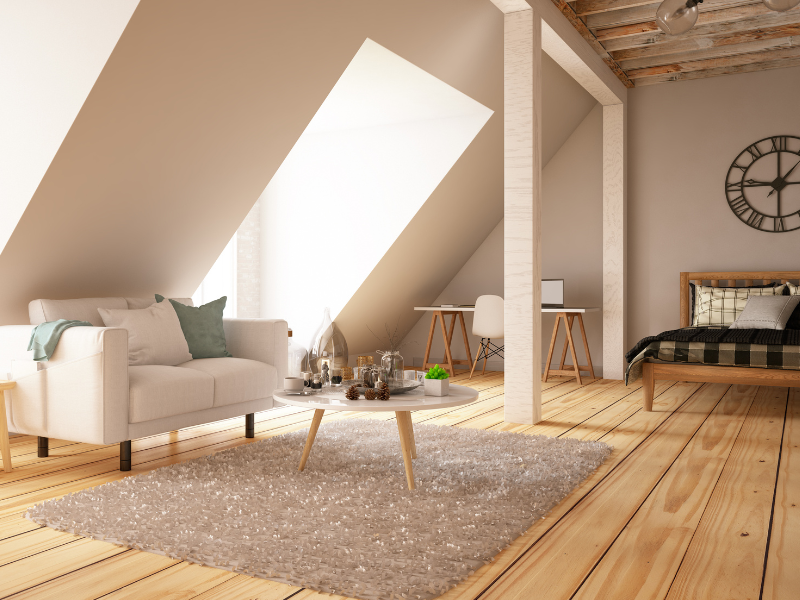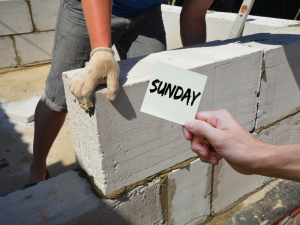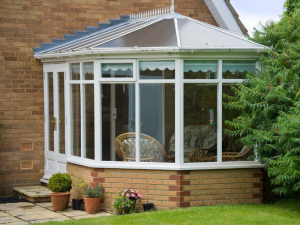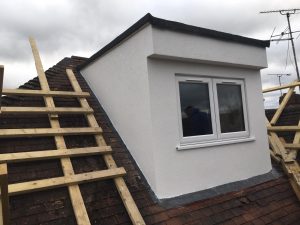There’s a room above your head right now. A room you’ve already paid for. It’s full of dust, cobwebs, and forgotten boxes. But it could be something more. It could be the most valuable part of your house.
I’m talking about your loft.
Loft conversions are one of those rare things in life that don’t require a fresh slab of land or a long battle with your local council. In most cases, you won’t need planning permission at all. You just need to look up.
Table of Contents
ToggleYou’ve Already Bought the Space
You paid for the roof. You paid for the floor. And you paid for the air in between. Yet many homes in Surrey leave their lofts to rot in silence. It’s like having a spare room you never walk into, even when your kids are bickering for privacy or your guests are sleeping on a blow-up mattress.
A loft conversion turns unused space into something useful. A bedroom. A home office. A place to breathe.
And the best part? It increases the value of your property. According to Nationwide, a loft conversion with a double bedroom and bathroom can boost a home’s worth by up to 20%.
No Need for Planning Permission
In many cases, you won’t need to apply for planning permission. Most loft conversions fall under what’s called permitted development. This is because the changes are internal and don’t alter the building’s footprint or height in a dramatic way.
There are rules, of course. You can’t raise the roof. You can’t extend too far. And if you’re in a conservation area or listed building, it’s a different story. But for most homes in Surrey, particularly post-war terraces and semis, the green light is already there.
A builder who knows what they’re doing will walk you through it before anything starts.
You Stay Put
The beauty of a loft conversion is that you get more space without moving house. No estate agent fees. No stamp duty. No school changes.
You stay on your street, keep your commute, and keep the neighbours who sign for your parcels. But now you’ve got an extra room, tucked quietly above the rest.
No Mud. No Mess. No Foundation Work
Unlike a rear extension, a loft conversion doesn’t dig up your garden or interfere with your drains. Most of the work is done from the outside in.
Scaffolding goes up. Materials go in through the roof. You won’t have builders traipsing through your kitchen or turning the back lawn into a swamp.
That doesn’t mean it’s silent. There’s noise. There’s dust. But you’re not living on a building site.
It Can Be Done Fast
Some conversions are done in as little as six weeks. Of course, it depends on the size and complexity, but it’s far quicker than knocking down walls or pouring new concrete.
And unlike most major renovations, you can often stay in your home while the work is happening.
It’s Custom to You
It’s not about grand designs. It’s about what you need.
A teenage daughter who wants her own space. A small office so you can finally leave the dining table behind. A guest room that doesn’t involve unfolding something squeaky.
You don’t have to follow the crowd. You just have to use what’s already there.
What It Might Cost
A basic loft conversion starts at around £25,000. A dormer conversion with an en suite can run up to £50,000 or more.
Yes, it’s an investment. But it’s a permanent one. It gives you space now, and value later.
In most cases, the money you spend comes back to you in your house price. Usually, quite a bit more.
Things to Check Before You Begin
- Headroom: You need at least 2.2 metres from floor to ridge before insulation and finishes.
- Structure: Older homes may need structural reinforcement.
- Access: You’ll need space for a proper staircase.
- Neighbours: If you share a wall, you’ll need a Party Wall Agreement.
- Council rules: Even with permitted development, building regs must be followed.
This isn’t DIY. This is a job for a proper builder who’s done it all before.
FAQs
Do I need planning permission for a loft conversion in Surrey?
In most cases, no. Loft conversions usually fall under permitted development rights, and don’t require planning permission provided the work stays within certain limits.
Can I convert my loft if I live in a conservation area?
Possibly, but you will likely need planning permission. Always check with your local authority.
How much value can a loft conversion add to my house?
Up to 20% according to research. This varies depending on your area and the type of conversion.
Will I have to move out during the work?
Not usually. Most of the work is done from the outside, so you can usually stay in your home.
How long does it take?
Anywhere from 8 to 12 weeks depending on the size and complexity of the project.
If your loft is just sitting there doing nothing, it might be time to do something about it. No new land needed. No council stress. Just a smart move that pays off.





